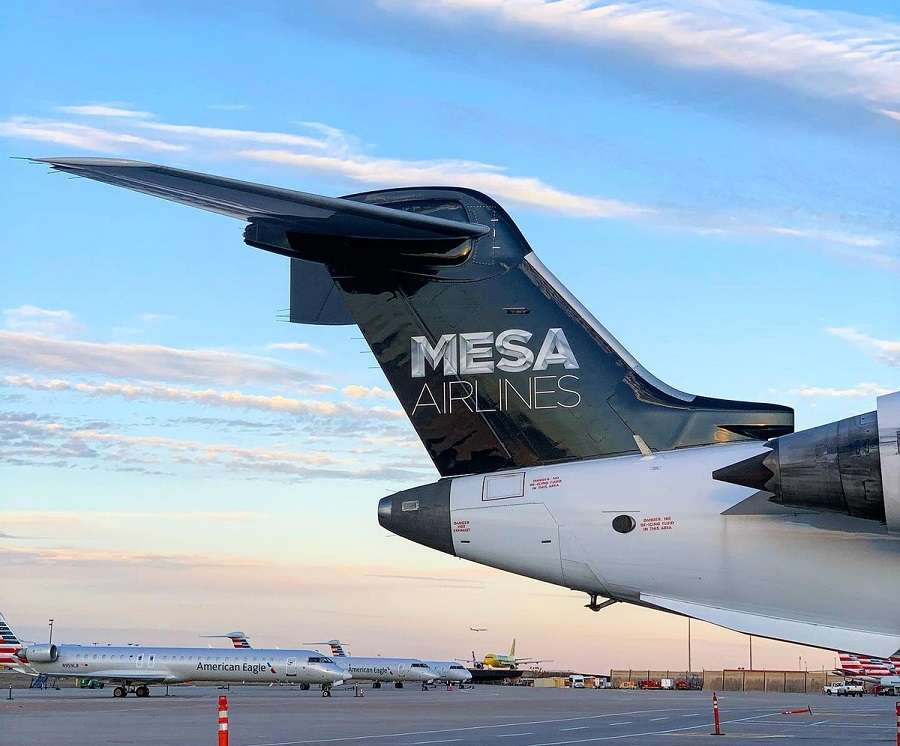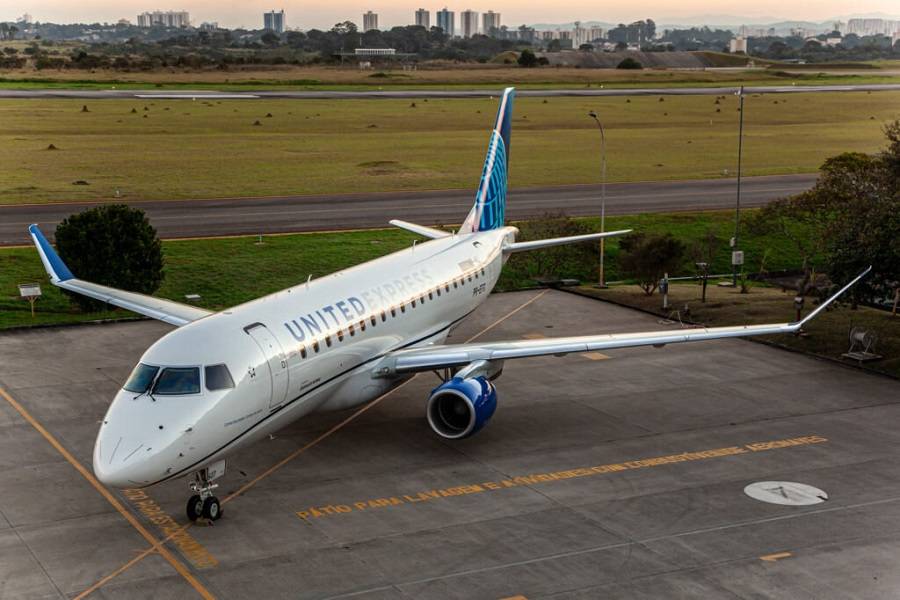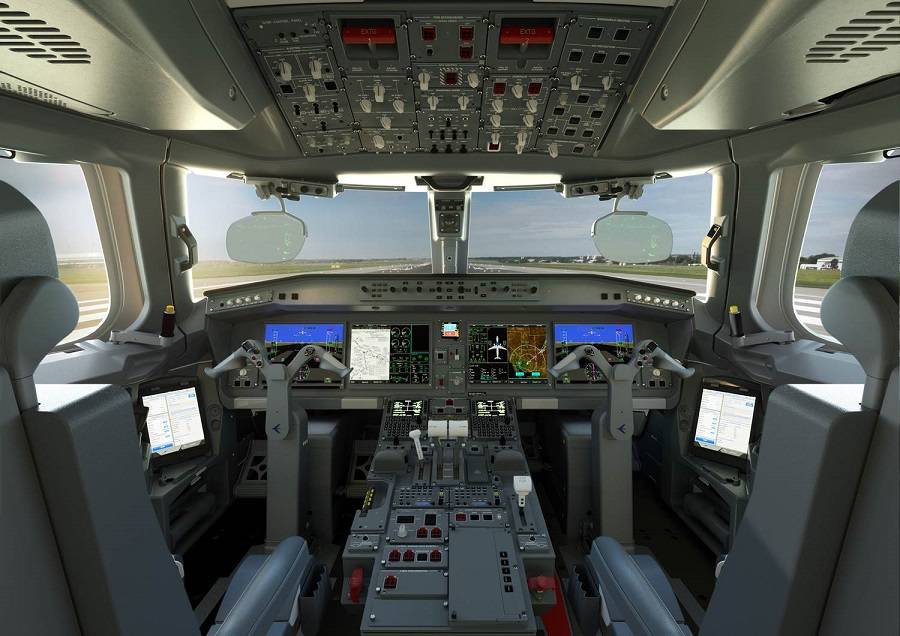The pilot shortage is really making itself felt in the United States, with Mesa Airlines now losing pilots faster than it can replace them.

It may not be a household name in the United States, but Mesa is one of the largest regionals in the country. Unlike the websites of main carriers, Mesa’s is mainly about job openings. That’s because the company doesn’t sell tickets. It operates aircraft for American Airlines (as American Eagle) and United Airlines (as United Express). Recently, it also started operating cargo flights for DHL, with 737s.
Speaking to a panel at the US Senate, Mesa Air Group CEO Jonathan Ornstein said that the company lost 5% of its pilots in April. These pilots all went to mainline carriers in the United States. And they did so quicker than before, as mainline carriers ramp up faster, to deal with the rising demand for travel.
Airlines like Delta and United are aiming to hire 200 pilots per month. Regional carriers like Mesa did relatively well during the pandemic, furloughing relatively fewer pilots and cabin crews. But at the same time, the big carriers gave early retirements to their most senior pilots. With some companies retiring whole fleets of aircraft types, many pilots close to retirement age decided to go. The alternative would have been to train for a new type rating.
Mesa Airlines – An Awkward Mix Of Pilots?
Meanwhile, the “poaching” of pilots from these carriers creates other issues for Mesa and other regionals. As some analysts point out, these companies now have a very “lopsided” pilot roster. Regionals typically have a shortage of Captains and a surplus of First Officers. This is because pilots need an extra 1,000 hours (on top of the 1,500-hour requirement) to move to the left seat.
But by the time pilots are ready to become Captains, they also have the hours to make themselves attractive to mainline carriers! So by losing Captains much faster, Mesa may seem like it has enough pilots, but it struggles to operate normally. In previous months, other regional carriers announced that they could no longer operate certain government-subsidized flights to smaller communities.
The pilot shortage has been a point of contention in the United States. Some carriers report recruiting problems, others are more optimistic. As we’ve seen, some airlines are now sponsoring flight schools – and United is opening its own. At the same time, pilot unions are sceptical of some efforts to bring in new pilots.

Mesa CEO Jonathan Ornstein also said that the shortage of pilots is “the single greatest threat to the industry I have witnessed since 9/11”. The situation seems to confirm what many expected to see at the tail-end of the pandemic. With long-haul still not fully recovered, it seems clear that the pandemic did not reverse the previously looming pilot shortage. It merely postponed it.






1 comment
Andrew Steitz
We can thank the typical knee jerk overreaction of our government after the tragic crash in Feb 2009 for this. While I sympathize with the families who lost loved ones in that crash, 1500 hours is over the top. European pilots have much lower requirements and their pilot error rate is statistically on par with the USA. It’s not about quantity it’s about quality. A naturally skilled pilot does not need 1500 hours while there are some pilots for whom 5000 hours still would not be enough. Tougher testing/evaluation is the correct answer